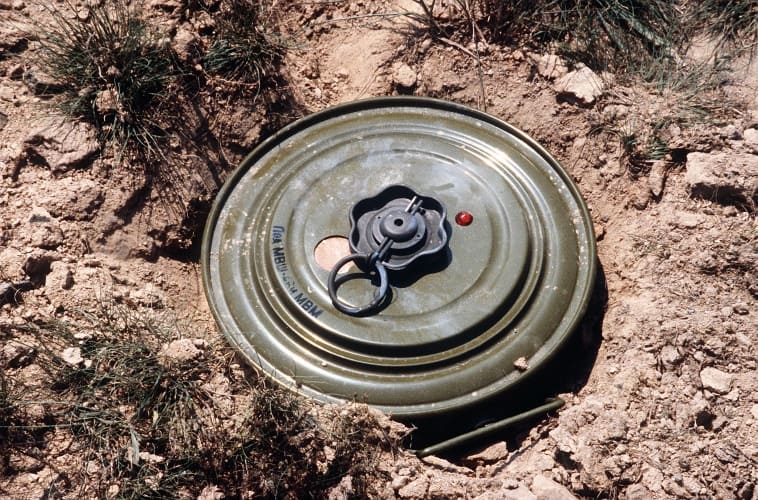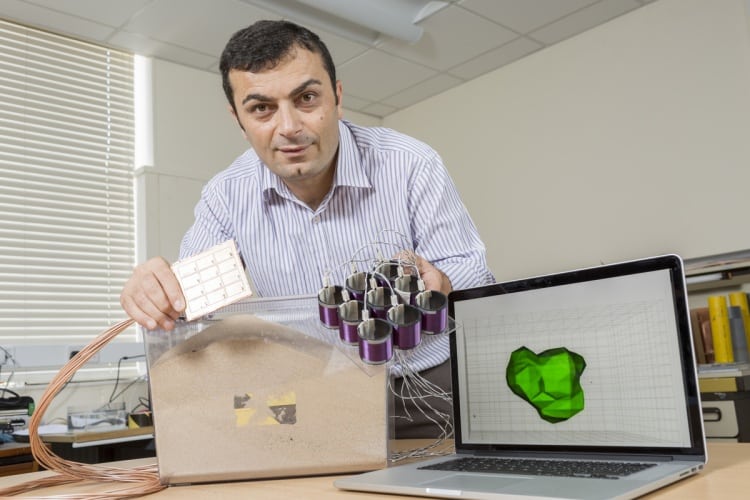
The £100,000 of funding, provided by Sir Bobby Charlton’s charity Find A Better Way, was awarded via a competition organised by the Engineering and Physical Sciences Research Council (EPSRC).
“The UN estimates that it would take more than 1,100 years to clear the estimated 110 million landmines situated in 70 countries,” said Charlton. “As a charity we are determined to find a practicable technology solution that can bring an end to this humanitarian tragedy.”
Modern landmines are usually made from plastic rather than metal, rendering traditional techniques for identifying them useless. The team from Bath University is looking to combine metal detection with new imaging technology that relies on 3D cameras, allowing for all types of landmines to be identified.
“Currently, manual metal detectors sweep minefields in a slow and time-consuming process which cannot detect non-metallic landmines,” said Dr Manuchehr Soleimani, associate professor in the Department of Electronic & Electrical Engineering and leader of the Engineering Tomography Lab (ETL) at Bath University.

“We aim to develop an integrated technology to detect both metallic and non-metallic landmines and to improve the speed and reliability of this process.”
That integrated technology includes two different types of array, so that older, metal landmines can be detected, as well as the newer plastic landmines that have begun to proliferate.
These landmines can cost as little as £2 to manufacture, while the cost of finding and clearing an individual mine can range anywhere from £120 to £600, according to the University of Bath.
“The innovative idea in this project is a combination of capacitive array and inductive array, so that both classification of electrical properties and detection of non-metallic (and metallic) landmines can be done,” Dr Soleimani told The Engineer.

“The capacitive array works a bit like a touch screen, and the inductive array is like a metal detector. We were able to develop 3D subsurface imaging in our lab and also able to do some initial feasibility tests representing simple scenarios of landmines in the lab.”
The research project, which will take place over the next three years, aims to not only to develop a detector that will work for all landmines across all terrain, but one that can also be produced relatively cheaply, thus helping to reduce the overall cost of clearing minefields.
“We’re hoping to develop a compact, low cost version of this combined smart camera that can be deployed in landmine detection,” said Dr Soleimani.
More details on Find a Better way can be found at the following address: http://www.findabetterway.org.uk/




Swiss geoengineering start-up targets methane removal
No mention whatsoever about the effect of increased methane levels/iron chloride in the ocean on the pH and chemical properties of the ocean - are we...